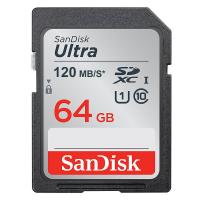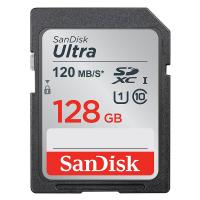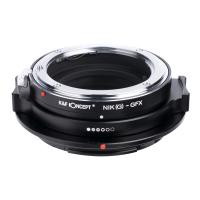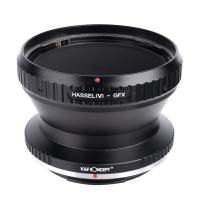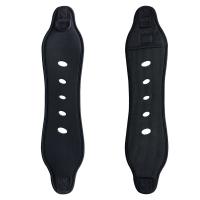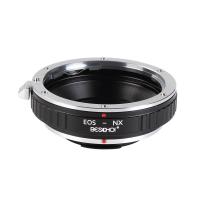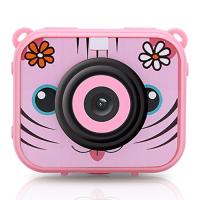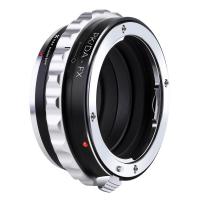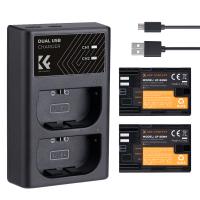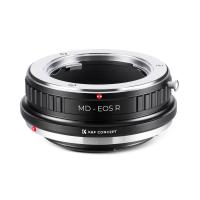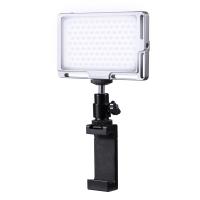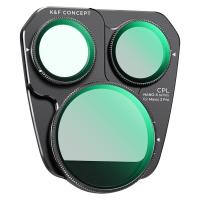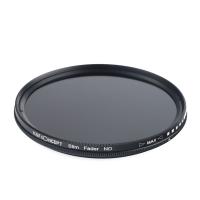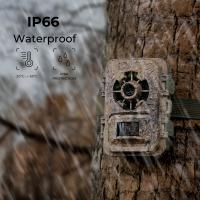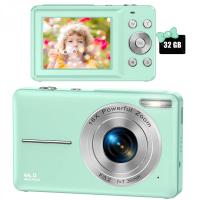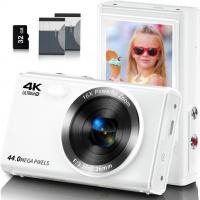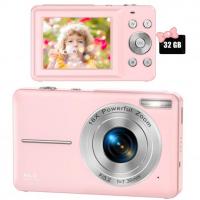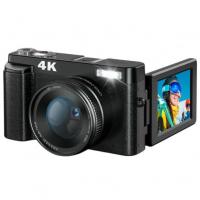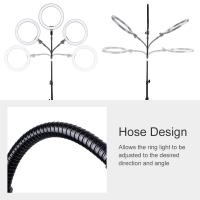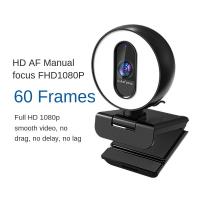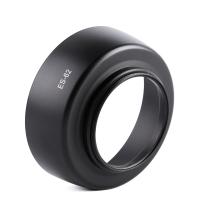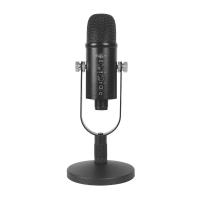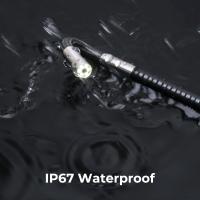What Is Digital Slr Cameras?
Digital Single-Lens Reflex (DSLR) cameras have revolutionized the world of photography, offering both amateur and professional photographers a versatile tool to capture high-quality images. In this article, we will delve into the intricacies of DSLR cameras, exploring their features, advantages, and practical applications. By the end of this piece, you will have a comprehensive understanding of what makes DSLR cameras a preferred choice for many photographers.
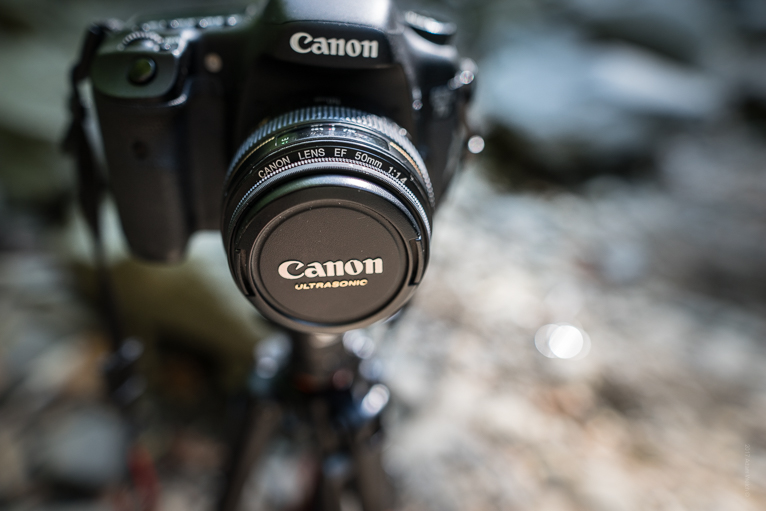
Understanding DSLR Cameras
A DSLR camera combines the mechanics of a single-lens reflex camera with a digital imaging sensor. The term "single-lens reflex" refers to the camera's use of a mirror mechanism to reflect light from the lens to an optical viewfinder. This allows photographers to see exactly what the lens sees, providing a more accurate representation of the final image.
Key Components of a DSLR Camera
1. Lens: The lens is arguably the most critical component of a DSLR camera. It focuses light onto the camera's sensor. DSLR cameras offer interchangeable lenses, allowing photographers to choose the best lens for their specific needs, whether it's a wide-angle lens for landscapes or a telephoto lens for wildlife photography.
2. Mirror: Inside the camera body, a mirror reflects light coming through the lens up into the optical viewfinder. When the shutter button is pressed, the mirror flips up, allowing light to hit the image sensor.
3. Optical Viewfinder: The optical viewfinder provides a direct optical view through the lens, thanks to the mirror mechanism. This allows for real-time viewing with no lag, which is crucial for capturing fast-moving subjects.
4. Image Sensor: The image sensor captures the light and converts it into an electronic signal. DSLR cameras typically use either a CMOS (Complementary Metal-Oxide-Semiconductor) or CCD (Charge-Coupled Device) sensor. The size of the sensor can vary, with full-frame sensors offering the highest quality images.
5. Shutter: The shutter controls the duration of light exposure to the image sensor. When the shutter button is pressed, the mirror flips up, the shutter opens, and light hits the sensor.
6. Processor: The processor handles the data captured by the sensor, converting it into a digital image file. It also manages other camera functions, such as autofocus and image stabilization.
Advantages of DSLR Cameras
1. Image Quality: DSLR cameras are known for their superior image quality. The large image sensors capture more light, resulting in higher resolution and better low-light performance. This makes DSLRs ideal for professional photography where image quality is paramount.
2. Interchangeable Lenses: The ability to swap lenses is a significant advantage. Photographers can choose from a wide range of lenses to suit different shooting conditions and creative needs. This flexibility is not available in most compact cameras.
3. Manual Controls: DSLR cameras offer extensive manual controls, allowing photographers to adjust settings such as aperture, shutter speed, and ISO. This level of control is essential for achieving the desired exposure and creative effects.
4. Optical Viewfinder: The optical viewfinder provides a real-time, lag-free view of the scene. This is particularly useful for action photography, where timing is critical.
5. Durability and Build Quality: DSLRs are built to withstand tough conditions. Many models are weather-sealed and constructed from durable materials, making them suitable for outdoor and adventure photography.
6. Battery Life: Compared to mirrorless cameras, DSLRs generally offer longer battery life. This is because they do not rely on electronic viewfinders, which consume more power.
Practical Applications of DSLR Cameras
1. Portrait Photography: The ability to use fast prime lenses with wide apertures makes DSLRs ideal for portrait photography. These lenses create a shallow depth of field, blurring the background and making the subject stand out.
2. Landscape Photography: The high resolution and dynamic range of DSLR sensors make them perfect for capturing the intricate details and vast tonal range of landscapes. Wide-angle lenses are commonly used to capture expansive scenes.
3. Sports and Wildlife Photography: The fast autofocus systems and high burst rates of DSLRs are essential for capturing fast-moving subjects. Telephoto lenses allow photographers to get close to the action without disturbing the subjects.
4. Macro Photography: DSLRs can be paired with macro lenses to capture extreme close-ups of small subjects, such as insects and flowers. The high resolution of the sensors ensures that even the tiniest details are captured.
5. Event Photography: The versatility and reliability of DSLRs make them a popular choice for event photographers. Whether it's a wedding, concert, or corporate event, DSLRs can handle a wide range of lighting conditions and shooting scenarios.
Choosing the Right DSLR Camera
When selecting a DSLR camera, consider the following factors:
1. Budget: DSLRs range from entry-level models to high-end professional cameras. Determine your budget and choose a camera that offers the best features within your price range.
2. Sensor Size: Full-frame sensors offer the best image quality but come at a higher cost. APS-C sensors are more affordable and still provide excellent image quality.
3. Lens Compatibility: Ensure that the camera is compatible with the lenses you need for your photography style. Some brands have a wider selection of lenses than others.
4. Features: Look for features that match your needs, such as weather sealing, 4K video recording, and advanced autofocus systems.
5. Ergonomics: The camera should feel comfortable in your hands. Consider the size, weight, and button layout to ensure it suits your shooting style.
DSLR cameras have stood the test of time, offering unparalleled image quality, versatility, and control. Whether you are a budding photographer or a seasoned professional, a DSLR camera can help you capture stunning images across a wide range of genres. By understanding the key components, advantages, and practical applications of DSLRs, you can make an informed decision and choose the right camera to elevate your photography skills.


